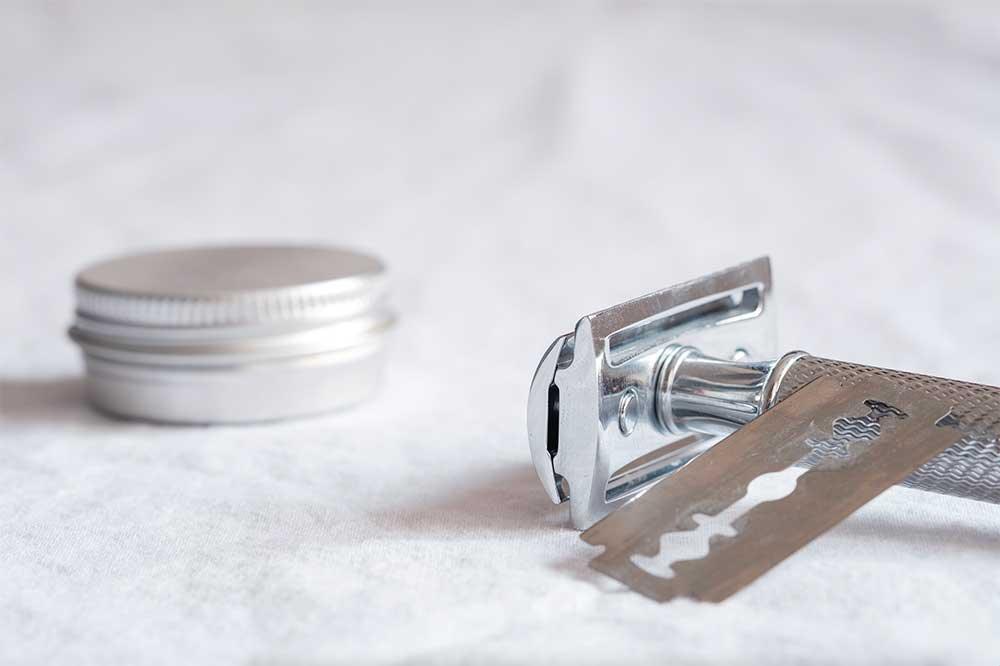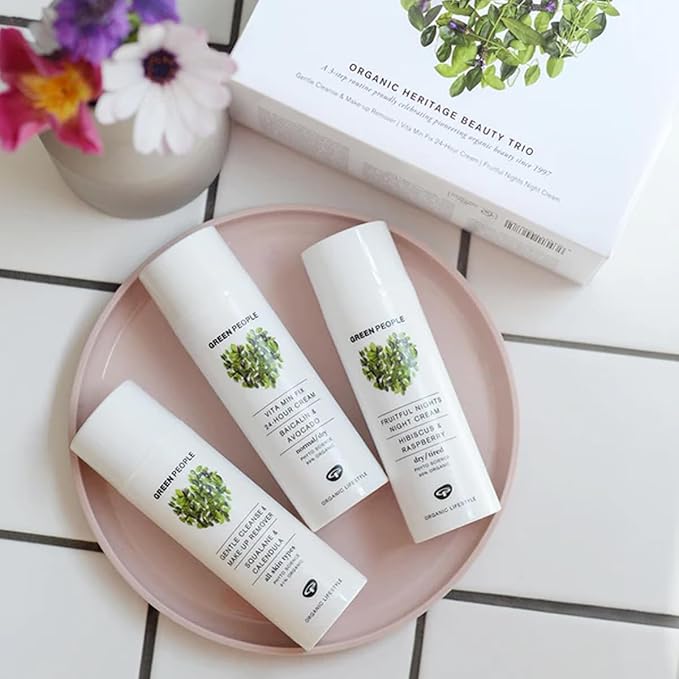Choosing eco‑friendly renovation partners starts with asking the right questions. First and foremost, “Which materials will you use?” - look for sustainably sourced or recycled options like composite decking made from reclaimed plastics. “Can you preserve existing greenery?” Smart designers can build around trees and shrubs instead of removing them. Don’t forget to ask, “How will you handle waste disposal?” - green contractors prioritise recycling and proper disposal. Also, check for certifications or eco‑renovation experience - portfolios and green building credentials show genuine commitment. Finally, “What’s your plan and timeline?” – a clear strategy gives you oversight and confidence your project stays green from start to finish. Asking these helps ensure your renovation protects nature, reduces waste, and promotes sustainable living-just what EcoBlog champions for eco‑aware homeowners.
Share your articles with us and get published! Reach out at hello@friendlyturtle.com.
How To Use A Safety Razor: A Beginner’s Guide To Zero Waste Shaving With A Safety Razor

Ever looked at one and wondered how to use a safety razor? Shaving with a safety razor has been making a big comeback in the past few years (interested to hear 'why' they fell out of fashion?), as more people are looking for ways on how to go plastic free in the bathroom and/or reduce the cost of their regular grooming habits. However, there are also other benefits to shaving with a safety razor, such as being able to get a closer shave, that many people discover only once they give them a try.
Unfortunately, most of us are used to expensive plastic commercial razors sold in gendered packaging and colours – which is why learning how to use a safety razor can feel a little overwhelming to someone who hasn’t tried it before.
Worry not – in this guide we’ll walk you through the most important steps of learning how to use a safety razor and share some of our best tips, so that you too can shave more sustainably, more affordably and more effortlessly
The step-by-step guide on how to use a safety razor;
1) Make sure there's enough lubrication
First and foremost, apply a generous amount of any shaving foam, cream or soap. Use a soap designed specifically for shaving, not any regular bar of soap, and lather it up into a silky lather and apply to the areas you're shaving. If it’s your first time shaving with a safety razor, it’s always best to use more rather than less. The extra lubrication will make for a much easier glide with your safety razor.
2) Angle is everything
Position the safety razor at a 30 to 45 degree angle away from the skin. Safety razors are designed to only shave at this angle – if you position it at 90 degrees, the blade won’t be touching your skin.
3) Apply the right pressure
Without applying any pressure at all, glide the razor across your skin. The point about pressure is very important – you’ll cut yourself if you press too much. The weight of your safety razor applies all of the pressure you need when gliding it over your skin.
4) Shaving the right direction
Shave with the grain whenever possible – this will prevent ingrown hairs, pulling, and irritation and make for a much more gentle shave.
5) Correct strokes
Use short strokes and regularly rinse your razor to maintain sharpness.
6) Post-shave
Wash your skin with warm water and apply natural moisturiser, cosmetic oil, or any aftershave you may be using.
7) Look after your razor
Now you know how to use a safety razor, it's also important how you look after it. Make sure you thoroughly clean your safety razor – it’s best to unscrew it and wash each part separately, letting it air-dry on a towel or handkerchief to prevent rusting.
Things to keep in mind when shaving with a safety razor
Aside from following the steps we’ve outlined above, there are also some differences between your old commercial razor and a safety razor to keep in mind, as well as some universal considerations for shaving with a safety razor:
- Never dry shave and always use shaving soap bars or foam to protect your skin and help the safety razor slide.
- Do not push on your skin with the safety razor as you would with a commercial one – the weight of the safety razor pushes it to the skin and forcing it further would result in cuts.
- Take your time when you’re using a safety razor for the first time and don’t rush.
- Replace your safety razor blade after every 5-10 shaves (depending on which area of your body you’re shaving) to make sure you always get a clean shave.
- It’s best to shave after some time spent in the shower or bath, which is when your hair will be the softest and easiest to shave.
- Moisturise your skin after you shave to prevent irritation.
- It takes some time to learn how to use a safety razor, so don’t be discouraged by a cut or two your first time around using it!
Now you're armed with all of the info you need for the perfect shave, perhaps now its time to make the switch to an eco friendly razor.
Looking for brands which share our eco conscious values? Give Bambaw, Mutiny Shaving or Rugged Nature a little look!
0 comments
Let customers speak for us
Blog posts
Decorating your home should be as thoughtful as it is stylish. With more people embracing sustainability, your walls can now reflect both personal flair and eco-conscious values. From modern prints crafted with recycled materials to dried flower frames that bring the outdoors in, sustainable wall décor blends beauty with responsibility. Reclaimed wood art adds warmth and character, while vintage mirrors and upcycled fabric hangings offer charm with minimal environmental impact. Even your choice of paint matters - low-VOC, natural pigments ensure a healthier home. Each small choice adds up. With these six timeless eco-friendly wall ideas, you can create a space that’s not only aesthetically pleasing but also kind to the planet - proof that sustainability and good design truly go hand in hand.
Tulips offer more than seasonal beauty-they’re gentle well-being boosters. Their vibrant hues uplift mood, triggering serotonin and dopamine responses. Tulips also contribute to indoor air quality by reducing trace VOCs. Caring for them encourages mindfulness: changing water, trimming stems and arranging blooms bring calm, cortisol-lowering micro-breaks. Their evolving form-from bud to bloom-is a visual reminder of life’s transience, fostering emotional resilience. In healthcare and home settings alike, tulips support comfort, reducing anxiety and enhancing peace. This EcoBlog‑inspired guide shows how a simple vase of tulips can brighten your environment, promote health, and weave small daily moments of calm into your routine-beautifully merging style with subtle wellness benefits.



